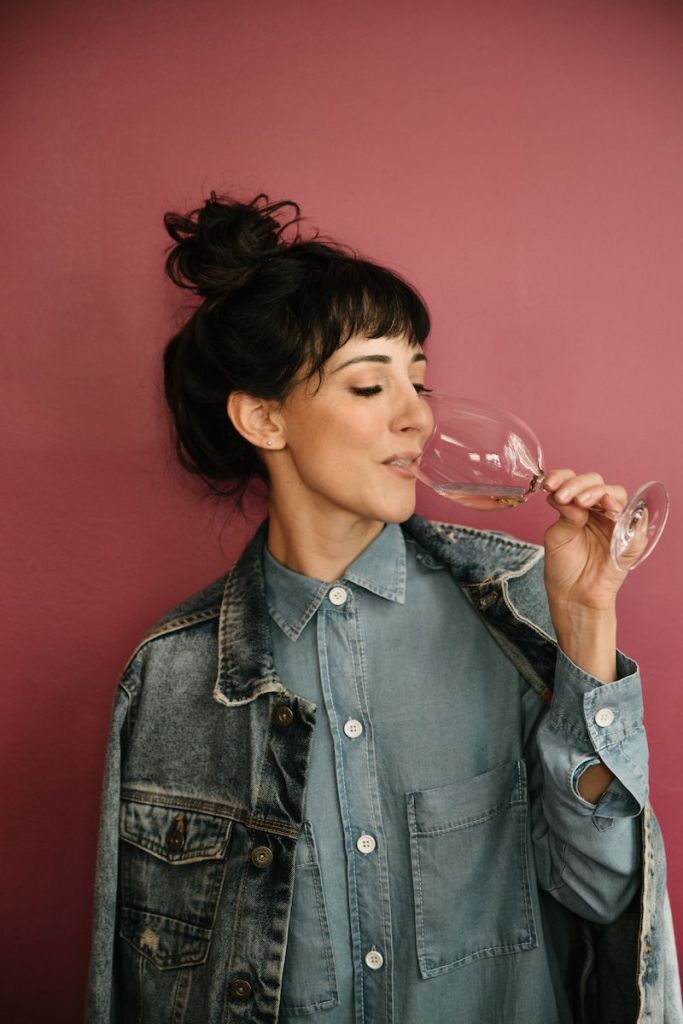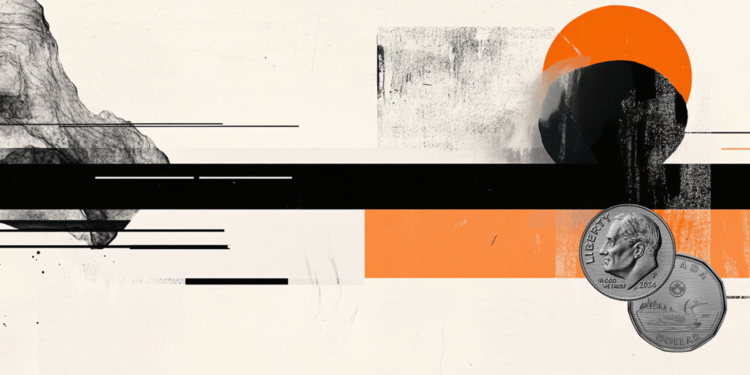Despite recent fluctuations in temperature, the proximity to the spring brings certainty: the weather will warm up . However, curiously, the habits that the warmer seasons bring do not seem to keep up with the wine consumption in Brazil.
Between the months of July 2021 and June 2022, the share of reds in the Brazilian market was 71.3% against 20.8% of whites and 7.9% of rosés, according to the most recent survey by Ideal Consultoria.
There is room for optimism if we analyze the same numbers at a wider range, as in the last three years there has been a small drop of three percentage points in the share of reds.
In this period, there were the rosés that registered the biggest increase in consumption , of 71%. But even so, it is the reds that have a captive place at the Brazilian table.
Why red wines?
Some factors may explain this predilection. But I dare say that the main one is Brazil’s lack of maturity in the segment. The national production focused on fine wines has existed for a few decades and is strongly influenced by other markets – mainly European –, where reds also prevail.
Consumption is also very unrepresentative compared to other countries. The per capita volume of wine in Portugal in 2021 was just over 2 liters in the year, versus about 69 liters consumed by the Portuguese, according to Ideal Consultoria.
It can be said that the Brazilian is still learning to drink wine . There is still a lot of prejudice and a lot of information is still lacking.
Fresh air
The good news is that, especially in recent years, the national market has been reconfigured, with new communication spaces and specialists encouraging consumers to expand their repertoire.
There are many taboos being revised in the direction of serving an increasingly younger and less traditional consumer.
There’s room for all styles, but there’s no doubt that whites, rosés, oranges and sparkling wines as they are consumed cold and, in general, have a lower alcohol content, they are more in line with Brazil’s climate.
In addition, they are wines that tend to have less body and more pronounced acidity, which makes them extremely versatile when it comes to harmonizing with our cuisine – which is one of the most diverse in the world.
It is important to note that there is a wide variety of profiles of white, rosé and sparkling wines, ranging from the “easy” to the most complex. The tip is to try it with an open mind and choose what suits you best.
Check out wine options – without being red! – which is worth having in the cellar

full-bodied whites
They are what we call “whites that look like reds” because they are fuller and more concentrated. These characteristics can come from the grape or winemaking, but they are an excellent alternative for people who are more used to the opulence of reds.
Some good options are grapes that result in more intense wines, such as Semillon and Viognier, and Chardonnay that has been aged in barrels, or whites produced in warmer regions, such as Alentejo.
White wine suggestions : Chablis “Vauprin” 2018, Esporão Reserva White 2021 and Calle Contastini Chardonnay-Semillon 2020.
rosé
The pink color comes from a substance called anthocyanin, present in the skin of red grapes. This same bark provides the tannins, which give the rosé a certain astringency. This makes them have a profile similar to the reds, but with the freshness of the whites, thus being an alternative halfway between the two styles.
Rosé wine suggestions: Susana Balbo Crios Rosé of Malbec 2021, Casa de Mouraz Dão Rosé 2018 and Sacramentos Sabina Syrah Rosé 2021.
sparkling wine sur lie
“Sur Lie” means “on lias”, an expression to indicate when the liquid remains in contact with the dead yeasts after fermentation. This technique makes the wine gain texture and complexity, which are aspects often sought after by red wine consumers.
Sparkling suggestions: Otto Sparkling Wine Nature Sur Lie White, Hermann Sparkling Lírica Crua Brut Nature and Sparkling Sur Lie.
orange wine
Despite only being in vogue more recently, it is one of the oldest methods out there. Basically, it consists of a wine produced with white grapes but vinified as a red. The liquid is in contact with the grape skins to add body, tannins and more complexity in aromas and flavors.
Orange wine suggestions: Chileno Macerao 2019, Oro Vecchio 2021 and Loxarel – Xarel.lo A Pèl Blanco 2019.
About Pri Matta

Priscilla is a journalist, sommelière and creator of the profile @deondevinho on Instagram. She makes it clear that she doesn’t talk about wines there, but about moments. It’s just that wine is in everyone!
Source: CNN Brasil
Bruce Belcher is a seasoned author with over 5 years of experience in world news. He writes for online news websites and provides in-depth analysis on the world stock market. Bruce is known for his insightful perspectives and commitment to keeping the public informed.







